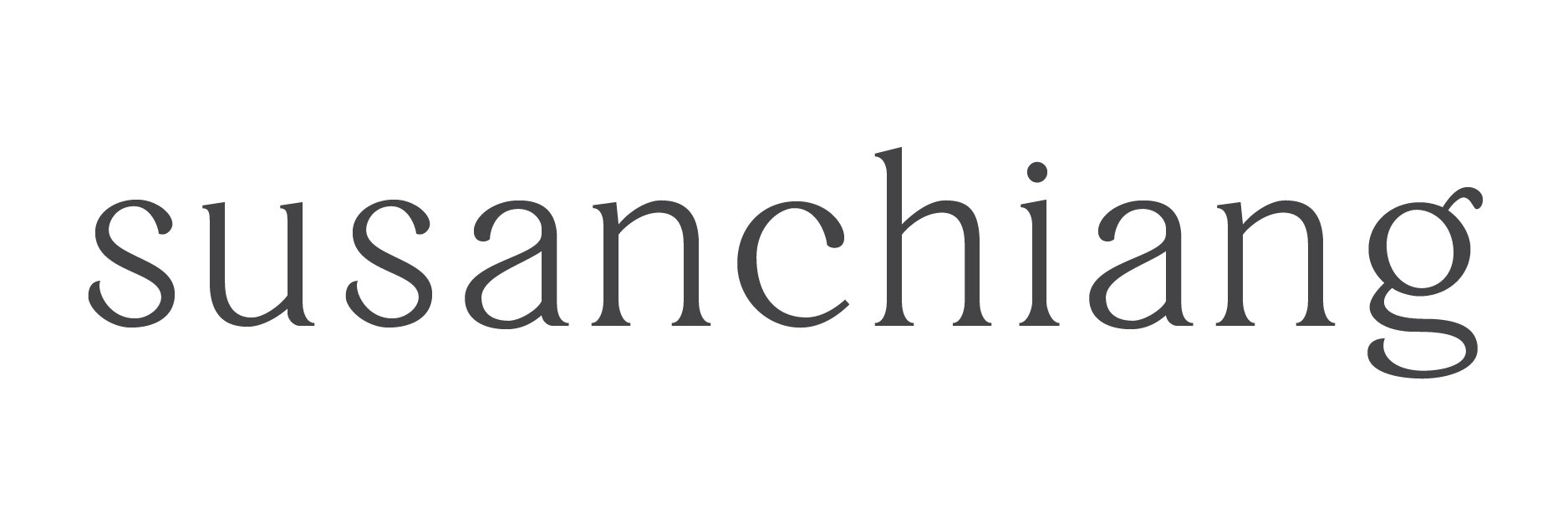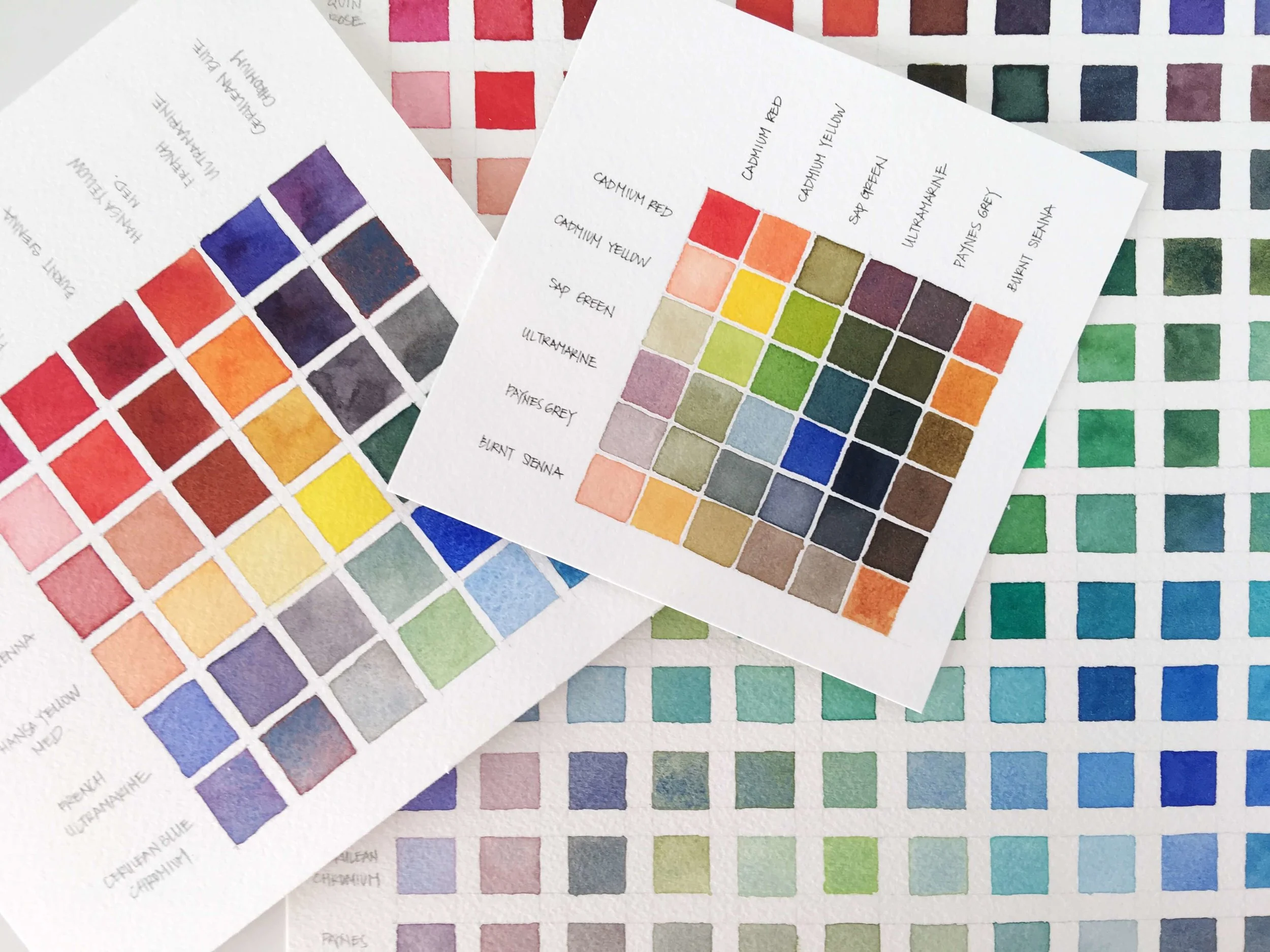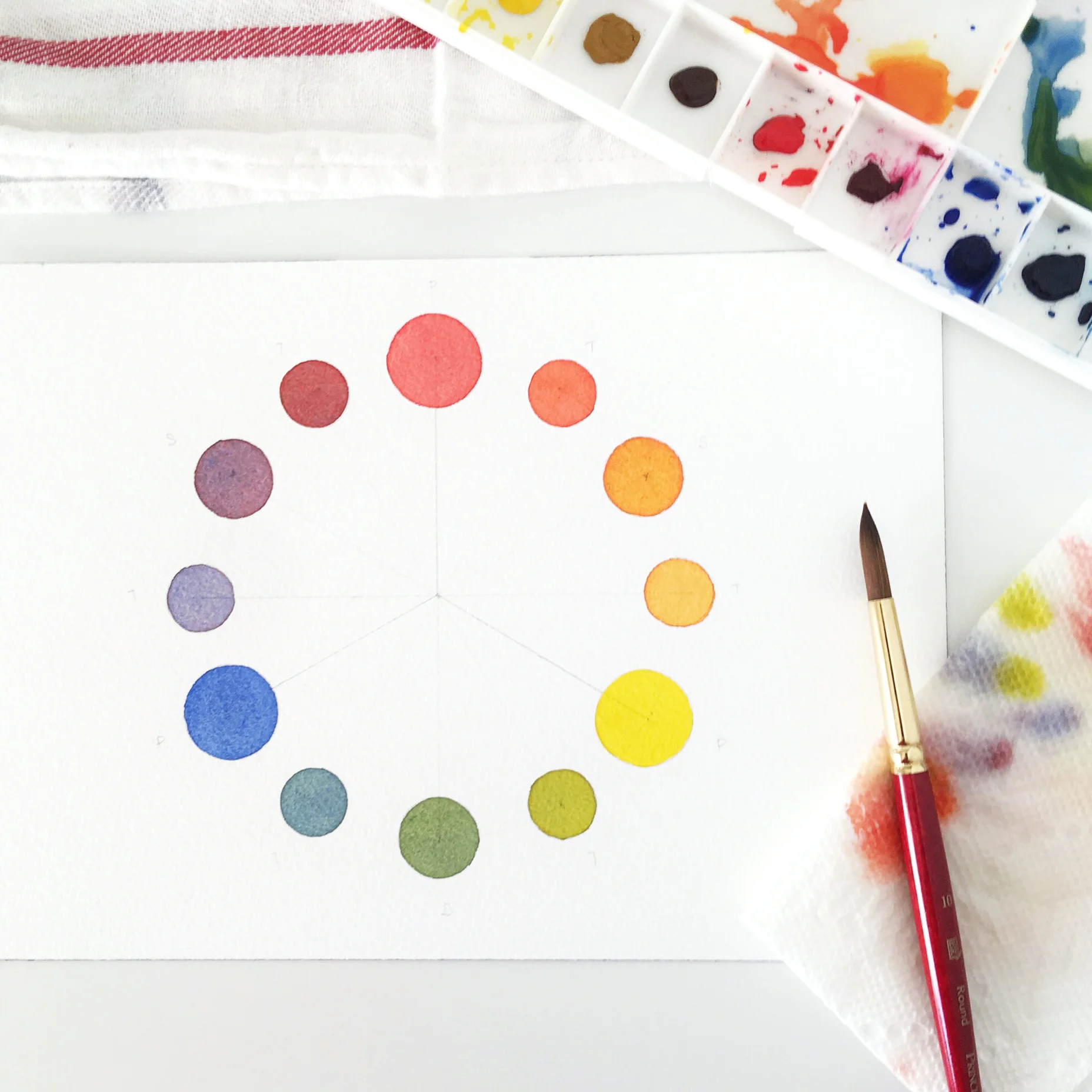I was recently asked what my creative process is and I had to stop and think about it before I could come up with an answer. It’s probably because my creative process is not something that I’ve been developing for a long time. I feel like I really just started being intentional about it in the last year, actually.
At the time, I answered that it starts with cleaning up my space so I feel prepared to sit down and create. But after thinking about it some more, there are two other parts to the process that come way before cleaning and go deeper than just than tidying up the pens and loose papers on my desk.
Read More






